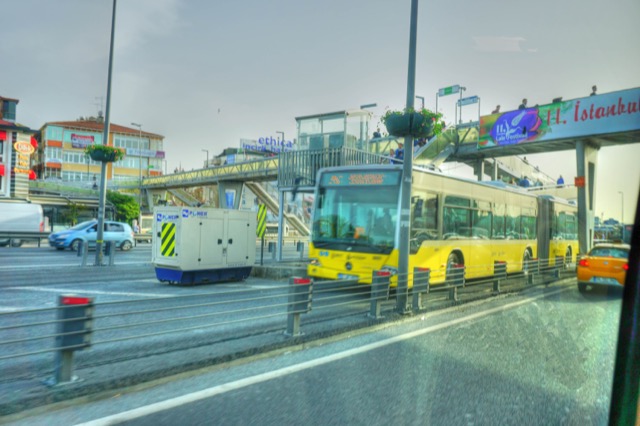“We’re driving less than other metros,” says Portland Metro, “and we’re driving less than 20 years ago.” These are the kinds of lies that are so typical of Portland planners: easy to check, but since few will bother, they get away with it. First, although Portlanders do drive a little less than residents of other large urban areas, they also drove a little less than residents of those same urban areas 20 years ago, so that’s no change.
More important, Portlanders are in fact driving more than they were 20 years ago. Metro’s source for its data is the Texas Transportation Institute (TTI) urban mobility study. But those data only count miles of driving on freeways and other arterials. Because Portland hasn’t built any new freeways or arterials in 20 years, people are forced to drive more on collectors and other roads. When all driving is counted, according to the Federal Highway Administration (which is the source of TTI’s data), Portlanders drove an average of 22.9 miles per person per day in 2014, up 13 percent from 20.2 miles per person per day in 1994.
Metro uses lies like these to implicitly claim that all of its spending on light rail is worthwhile. In fact, light rail is just not very important to Portland travel. As the Antiplanner showed last week, transit carries just 2.6 percent of motorized travel in the Portland urban areas, and since light rail is less than 40 percent of transit, that means light rail is less than 1 percent of all motorized travel.










